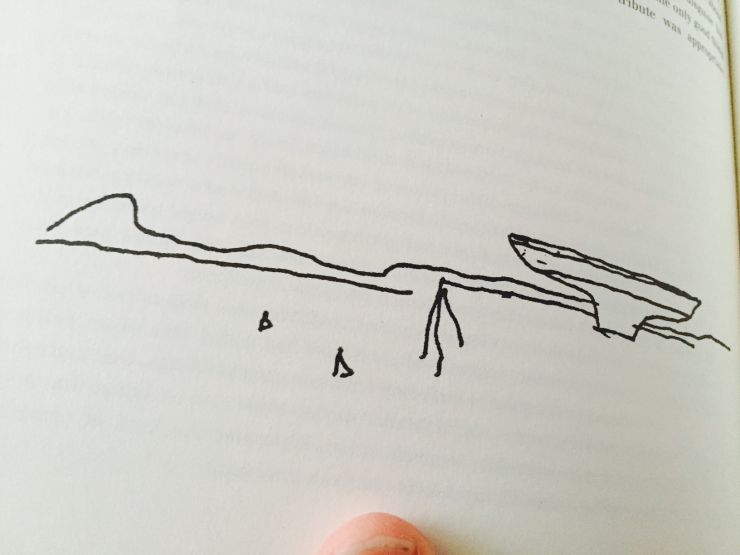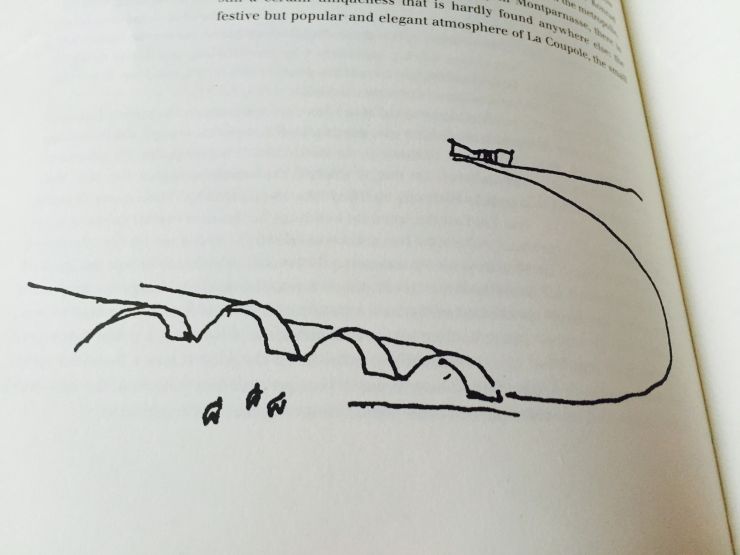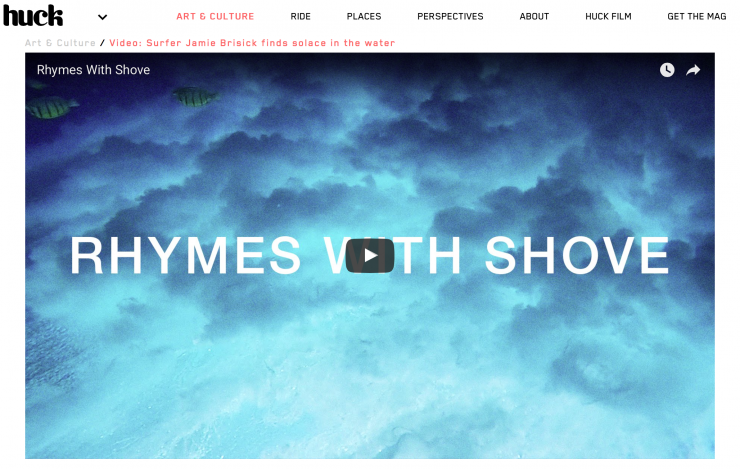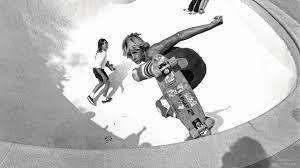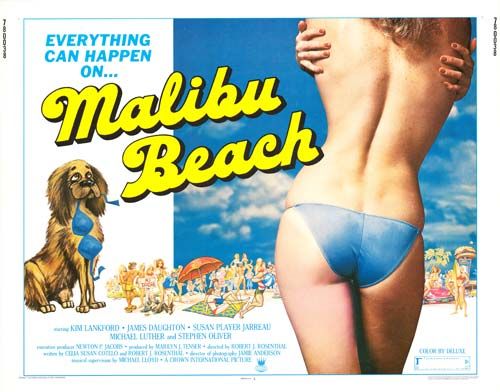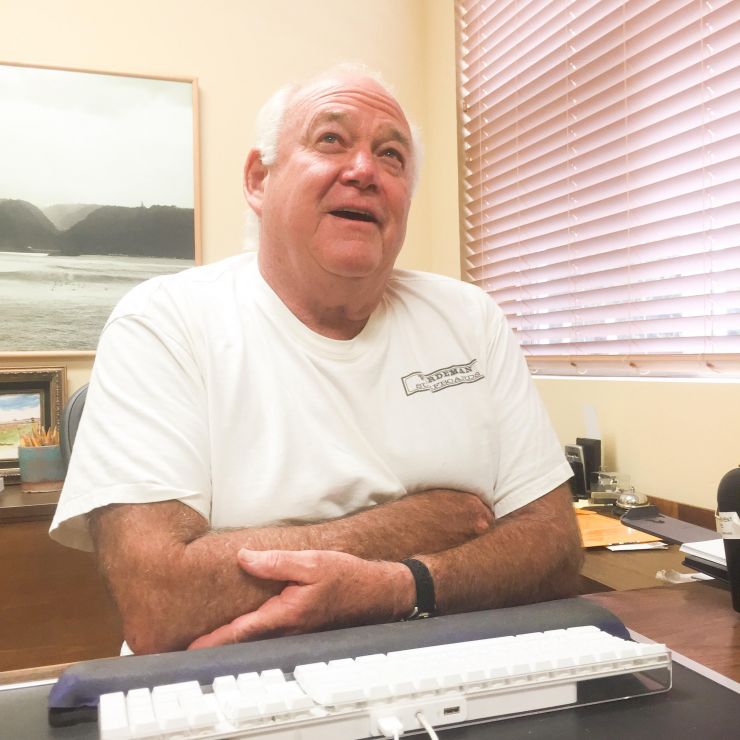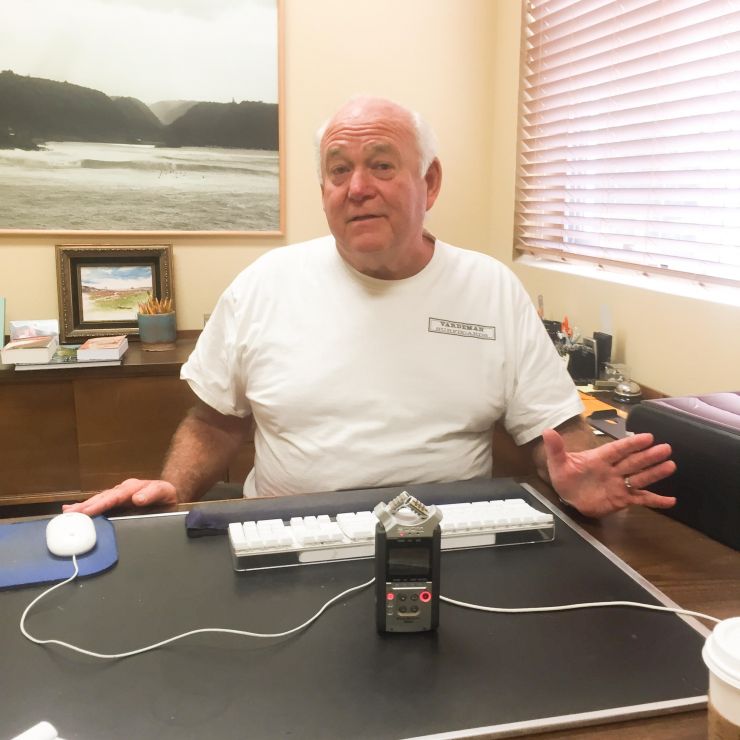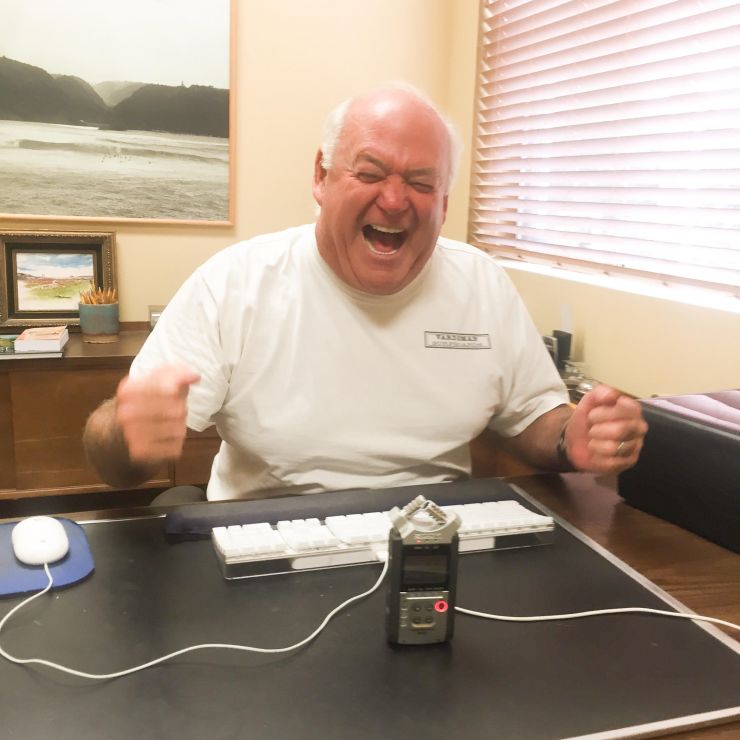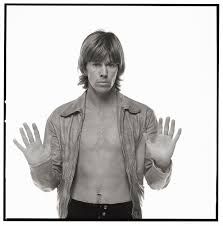I first encountered Oscar Niemeyer’s work in a book. I was staying in Rio, Barra da Tijuca, a “nouveau” neighborhood notorious for its horrible architecture. Niemeyer’s architecture had curves, abstract forms, sexiness. I learned of a home called Casa das Canoas in São Conrado, not far from Barra da Tijuca, and I went straight there, on the bus. Casa das Canoas is located up a long winding hill, which I walked up, backpack over shoulder, sweating in the heat. I passed a favela, a pair of shirtless men carrying a 1970s television set down the sidewalk, a colonial home of vibrant blues and pinks.
My entrance to Casa das Canoas did not go well. The home was fenced off. I pressed a button, got no reply. Pressed it again, got no reply. Suddenly a gate to the far left of the house opened and a car exited. Coming from a youth in which we hopped fences to skate empty pools, I saw this as my in, and shimmied past the gate before it closed. As I approached the home an irate proprietor came storming out the front door, shouting at me in Portuguese. I dug deep into my reserves of sincerity to talk him down. After slapping heart with hand several times, the global sign for ‘I’m an honest man,’ he finally calmed down. And gave me a tour of the house.
Built for Neimeyer himself in 1953, Casa das Canoas brings the exterior into the interior, which is to say there’s a lot of floor-to-ceiling glass, with striking views of the tropical jungle and the shimmering ocean way down below. The house is curvaceous in the way that the human body is curvaceous. There’s a big granite boulder that has been integrated into the space. There’s a pool that sits just outside the living room. It feels something like a tree house, but instead of the homespun, dark-wood vibe, it’s sculptural white, modernist. It feels aspirational, a place to make epic work, or, in Niemeyer’s case, design epic buildings.
So began my fascination with Oscar Niemeyer. I visited Edifício Copan in São Paulo, a 38-story residential building with a sinuous façade that suggests levity, a curtain billowing in the wind. I went to Niterói Contemporary Art Museum in Rio, a UFO-looking building set on the edge of a cliff, with sweeping views over the water. And I read Niemeyer’s memoir, The Curves of Time, while staying at Barra da Tijuca in 2011. At the time I’d become obsessed with bodysurfing. The Rio coastline is textured with those iconic granite rocks, the kind found in the living room of Casa das Canoas. They create wedgy waves with almost no shoulder. On a board you’re rocketed into the flats, but bodysurfing you match the speed, you stay in the pocket, the ocean pulsing through your belly. I somehow likened this to Niemeyer. That reading of and flow with the environment, that oneness with nature.
Passages from The Curves of Time that have stuck with me:
“I am not attracted to straight angles or to the straight line, hard and inflexible, created by man. I am attracted to free-flowing, sensual curves. The curves that I find in the mountains of my country, in the sinuousness of its rivers, in the waves of the ocean, and on the body of the beloved woman. Curves make up the entire Universe, the curved Universe of Einstein. “
“In my lectures I have always emphasized that I do not consider architecture terribly important, and there is no contempt in my words. I compare architecture to other things that are more connected to life and Man; meaning the political struggle, the personal contribution that each of us owes to society, particularly to our less fortunate brothers. What can compare to the struggle for a better and classless world where all individuals are equal? In spite of this opinion, architecture has kept me very busy, leading me, as I do now, to defend my works and my point of view as an architect, and to debate architectural issues with a passion that life, so fragile and insignificant, seemingly does not justify.”
“On several occasions I have mentioned genetic information and how, in my opinion, it accounts for our qualities and defects, thus influencing our reactions. I shouldn’t complain about this hidden being within us that genetic information creates and which so often dominates us. I have already mentioned how this “double” controls me when I begin a new design, taking me by the arm and leading me in trance along the pathways of fantasy to the new, unexpected shapes that are responsible for this architectural spectacle.”
“I once imagined that the followers of contemporary architecture, grown tired of so much repetition, would someday become disappointed with the dogmas they once fiercely advocated and choose something different, finally assured that invention must prevail. This is occurring now, but once again they are making a mistake by tacitly following the adventure of postmodernism, reproducing the same building designs but adding anachronistic and outdated architectural details. This is the same “gratuitousness” they once criticized and have now admitted in its most simplistic form.”
“I have always confronted life as an unwavering rebel. After reading Sartre, I viewed life as an unfair and unrelenting tragedy. When I was a young man of only fifteen, I was anguished to think of man’s destiny, doomed as we are to total abandonment, and defenseless against it. I was frightened by the idea of someday disappearing forever. Like everyone else, I have tried to erase such thoughts and instead take advantage of the pleasures of this brief and joyful passage on earth that fate grants us without consultation. I have felt the ecstasy of the fantastic natural world around us, and, arm-in-arm with my friends, I cast aside the disturbing thoughts that so afflicted me when I was alone. I wore a mask of youthful optimism and contagious good humor. I was known as a high-spirited and spontaneous personality, a lover of the bohemian lifestyle, while deep inside I nursed a tremendous sorrow when I thought about humanity and life.”
